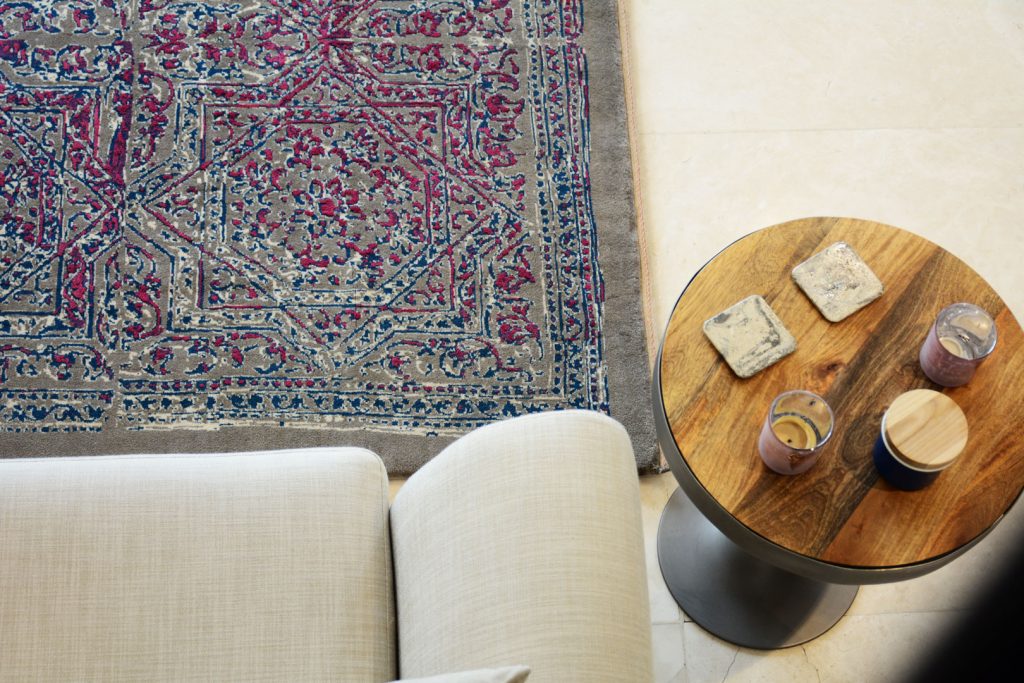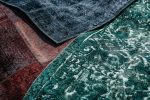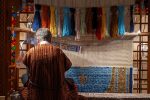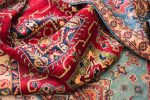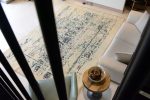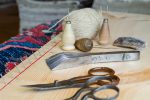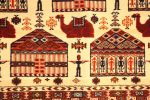The Global Fame of Persian Rug
Persian rug has a high popularity in the world and possesses an important part of the global carpet market. Many people around the world are also interested to decorate their house with such rugs.
This Iranian craft is known as the most prominent Iranian indigenous art, which is common in most of the cities. It is also an important source of income and an outstanding souvenir in different regions of Iran.
Persian Rugs Applied in the Important Sites of the world
Persian rugs used in the most famous sites of the world reflect their high popularity. The hand-made Persian rug utilized in the Sultan Qabus Grand Mosque is a good example. According to the tourists who have visited the mosque, this carpet has doubled the beauty of the interior space.
Persian hand-woven rug also presents in important political sites. More importantly, one of the most beautiful Persian rugs is hung on the wall of the United Nations. In addition, the presidential palaces of Austria and the USA are decorated with the rugs of this type.
Persian rugs also have an eye-catching presence in many museums around the world. Among them we can mention State Hermitage Museum in St Petersburg, Victoria and Albert Museum in London, the Metropolitan Museum of Art in New York, and Louvre Museum in Paris.
Why Is Persian Rug So Valuable and Popular?
What makes Persian rug so popular is its unique characteristics such as the high antiquity, high quality fibers, unique texture and innovative dyeing. You can’t find the motifs applied in Persian rugs in any other carpet, and they just belong to Iranian culture.
We introduce these characteristics in the following:
The Long History of Persian Rug
Carpet weaving has a long historical background in Iran. The carpet weaving instruments having been excavated in Shahr-e Sukhteh (the burnt city) bears this witness. In addition, there are some evidence which indicates the export of carpets from Iran to China in the Sassanid era.
State Hermitage Museum, located in St Petersburg, also holds the oldest carpet of the world which belongs to Iran. This carpet, discovered in 1949, dates back to 500 BC. The carpet is woven out of wool and includes the images of horseback riders and mythical animals.
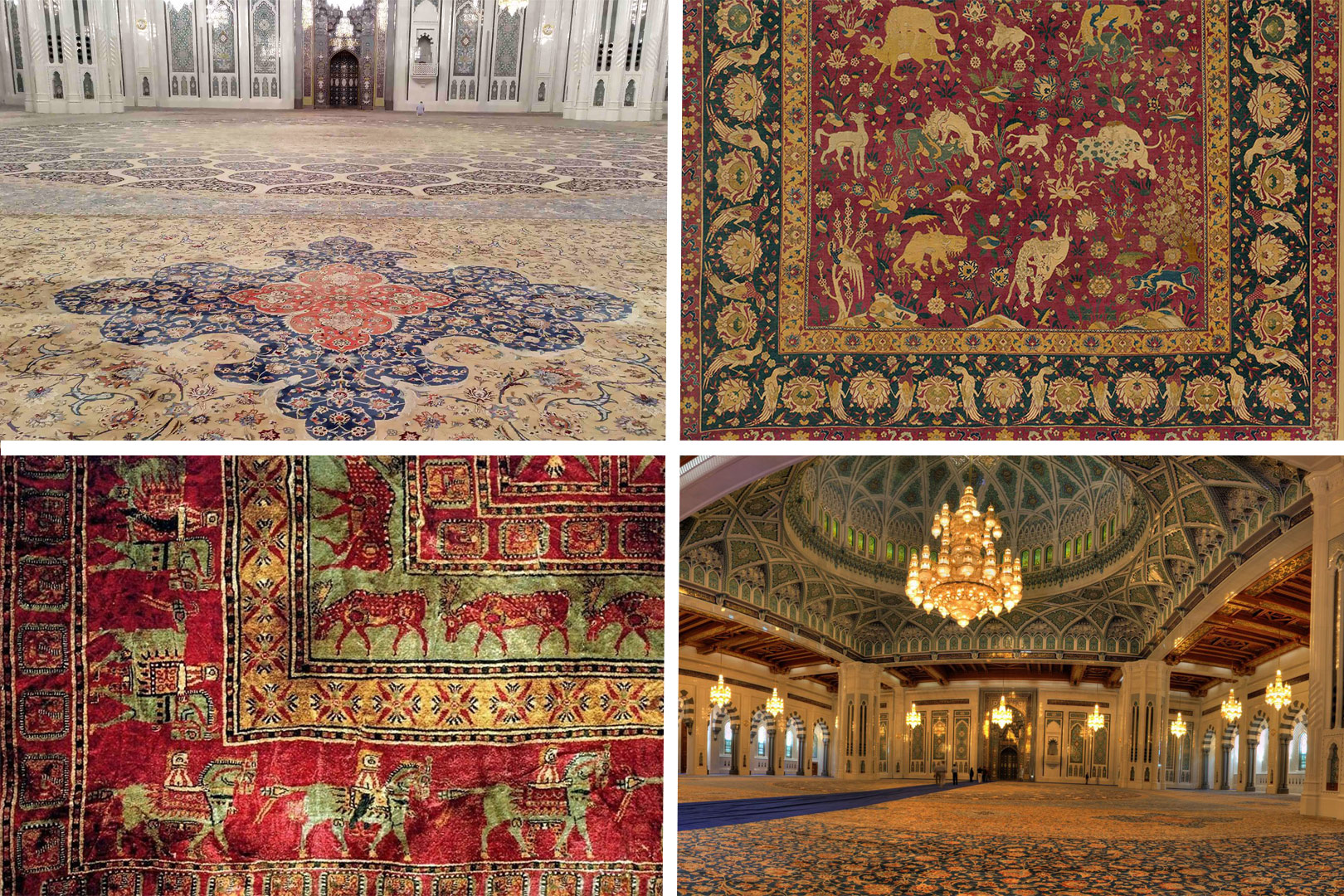
This type of carpet reached the peak of its brilliance in the Safavid era because the Safavid kings highly supported carpet weaving art. Shah Abbas Safavid played an important role in this field. Because he set up workshops near his palace and observed the quality of woven carpets. So, most of the rugs woven in this era are displayed in the important museums of the world.
Carpet weaving kept flourishing to the Zandiyeh and Qajar era. More importantly, the export of carpet increased in the Qajar era, and the merchants from Tabriz established carpet-weaving workshops.
The Unique Dyeing of Persian Rug
The various qualified colors applied in the Persian rug is a reason for the popularity and fame of this type of carpet. It is also an important way to distinguish authentic Persian rug.
Iranian carpet weavers usually use natural dyes in the carpets. The natural dyes are usually obtained from madder, pomegranate rind, vines, malicorium, sumac, beet, fig and mulberry leaf. Natural dyes usually result in increasing the quality and beauty of the carpet. It is noteworthy that natural dyes don’t change even if they are exposed to the sun for a long time.
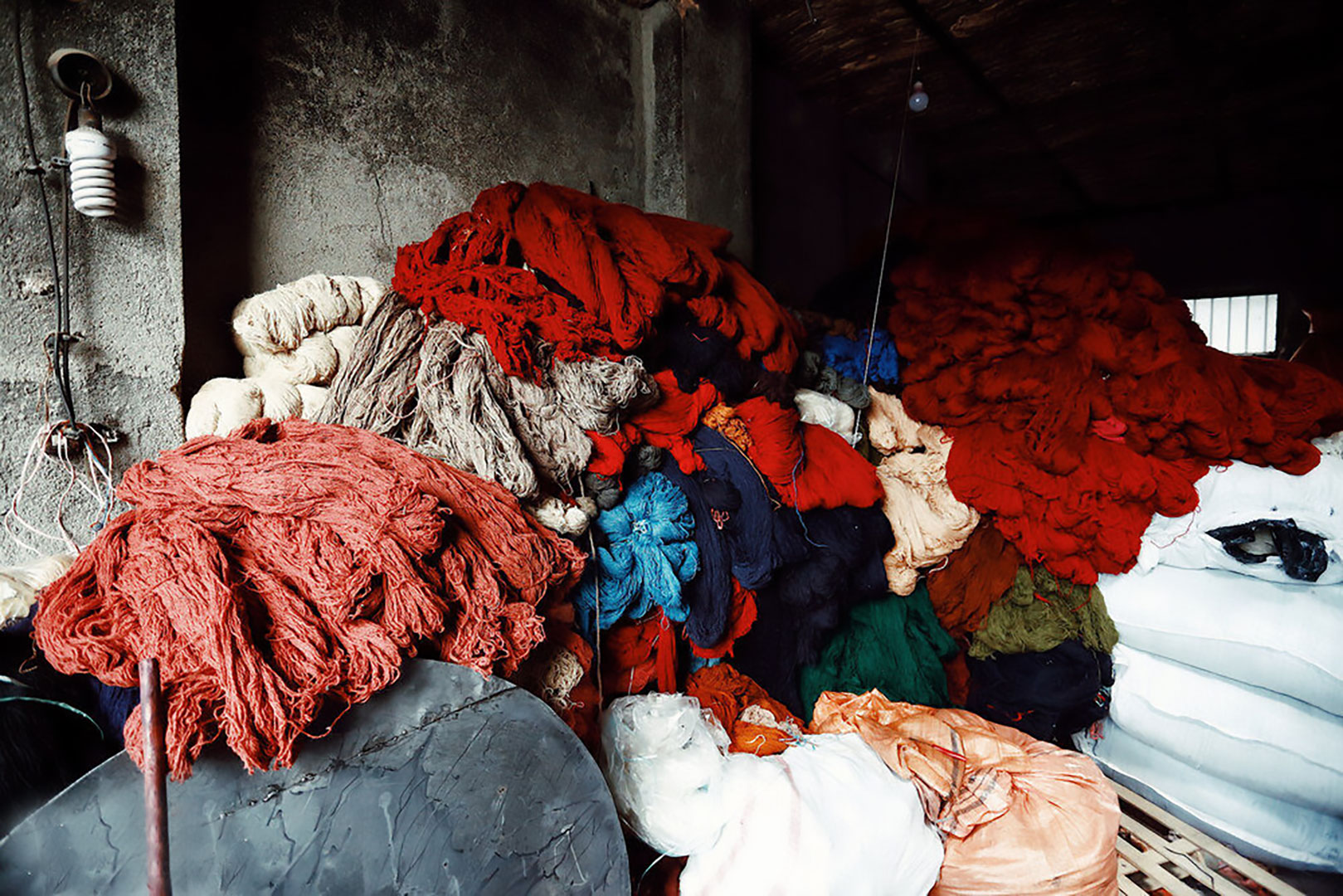
Pazirik Rug is an important example which reflects the diversity and quality of Persian rugs. Although this small rug has an antiquity of thousands of years, it has still retained its transparency.
Variety of Motifs & Designs in Persian Rug
Persian rugs include delicate motifs and designs, considered as an important reason for the preciousness of this type of rug. So, even the artists who are active in other art majors are inspired by such motifs.
This type of rugs features various designs, each of them belong to a special culture and region. Therefore, we can realize the rich culture of Iranians in different regions by knowing them.
The patterns of such carpets include curved and elaborated lines. So, those who know carpet weaving realize the artistic value of such designs. The artists who weave them require sharp eyes and high experience. The silk carpet exudes elegancy more than other carpets because of the thin silk threads applied in their texture.
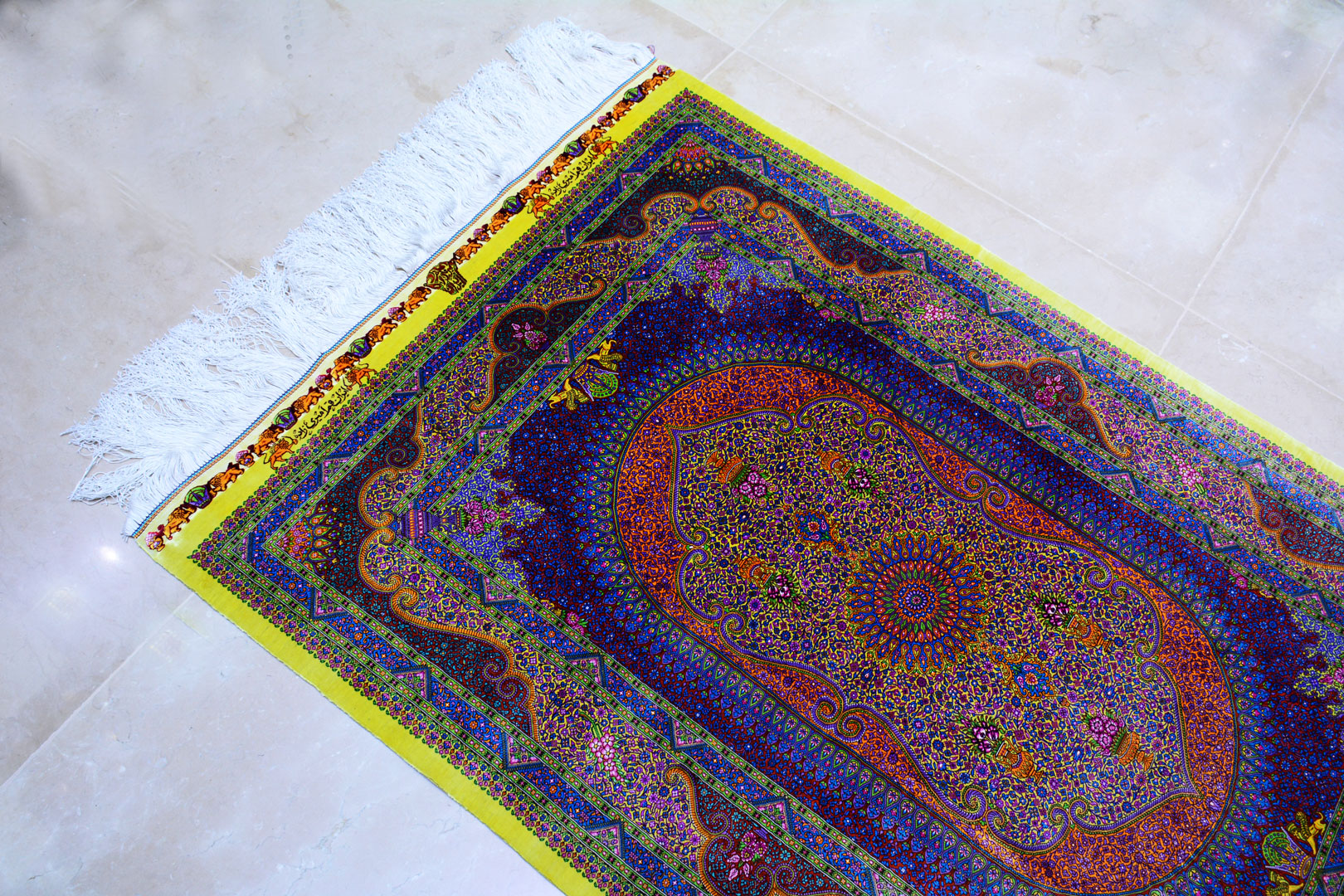
The Texture of Persian Rug Featuring Natural Fibers
Persian rug is woven out of natural high-quality fibers with animal or plant resources. The fibers include silk, wool and cotton.
Natural fibers have more durability compared to artificial fibers. Therefore, their quality not only does not lower over time, but also increases its value. it is generally believed that the older the Kerman carpet, the more beautiful it is. Another advantage of natural fibers is that they are washed easily, so the stains are removed from them without leaving a trace.
Epilogue
As you know, carpet weaving is an old art in Iran. In addition, carpet is known as a deluxe good and a precious souvenir in the world. These carpets, woven by professional artists, features high quality. So, they are worth buying even if they are expensive.
Abrash Gallery offers you Persian carpets with highest quality.

